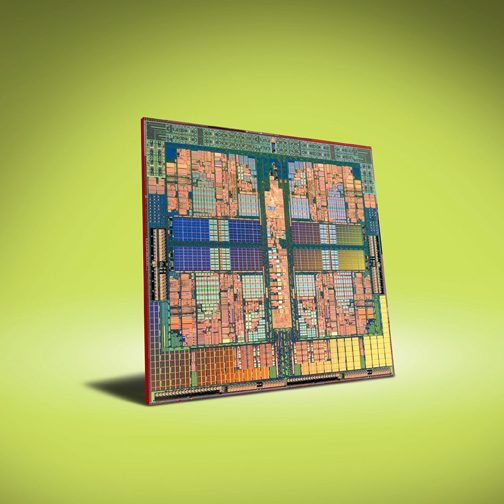Why AMD's triple core Phenom is a bigger deal than you think

AMD rolled out its Phenom triple core processor and the reactions ranged from "triple core is a marketing spiel" to "triple core gives consumers another option." Both reactions miss the big picture.
The big picture is that AMD's triple core chip is a nice intersection where engineering meets business savvy.
Here's why:
As AMD manufactures quad core processors a certain percentage of these chips are bad. For AMD bad means that one core may be defective or disabled. Manufacturing semiconductors is rocket science and yields are critical. AMD and Intel don't disclose manufacturing yields, but some percentage goes into the trash (or wherever you put defective processors).
This point about AMD's triple core processor is easily missed--unless you know semiconductor manufacturing and engineering. I know neither. Oddly enough, this observation was inspired by James Reinders, director of product marketing and business at Intel. He stopped by the CNET offices Thursday and we were discussing the semiconductor landscape with a focus on what folks will actually do with more cores. Reinders' views the news through an engineer's lens. His view on AMD's yields was just a hunch on his part, but it was dead on. Memo to self: Talk to more engineers and more light bulbs will appear over my head.
Simply put, offering a triple core means that AMD (all resources) has to toss fewer chips in the trash. The bottom line is that manufacturing yields improve and the financials follow. In that context, AMD's move is pretty savvy.

Now if your yields are 99 percent AMD's triple core thinking doesn't make sense. But 99 percent yields are impossible. For illustration purposes, say AMD's quad core yield is 85 percent and 10 percent of the total haul has one core that's disabled. The remaining 5 percent would be a total manufacturing failure. If AMD just sells quad core chips its yield is 85 percent. Toss in a triple core and the yield is effectively 95 percent. Big difference.
Meanwhile, AMD gets another processor in its lineup to sell. But the big payoff will come in AMD's yields--especially if it boosts the chipmaker's financial results. The triple core will appear in the first quarter of 2008 with more details on frequency due at launch.